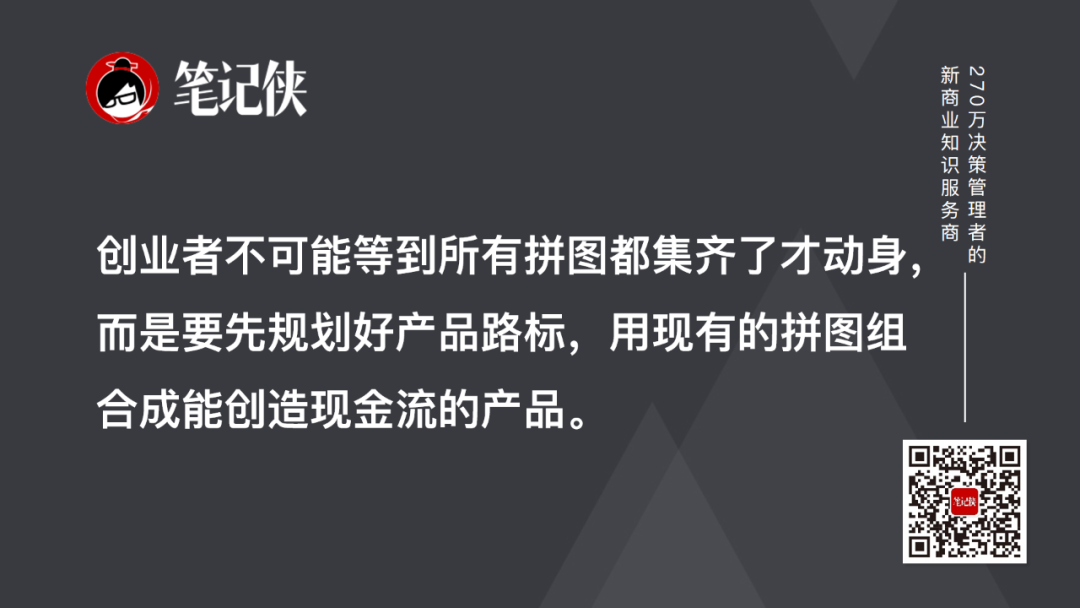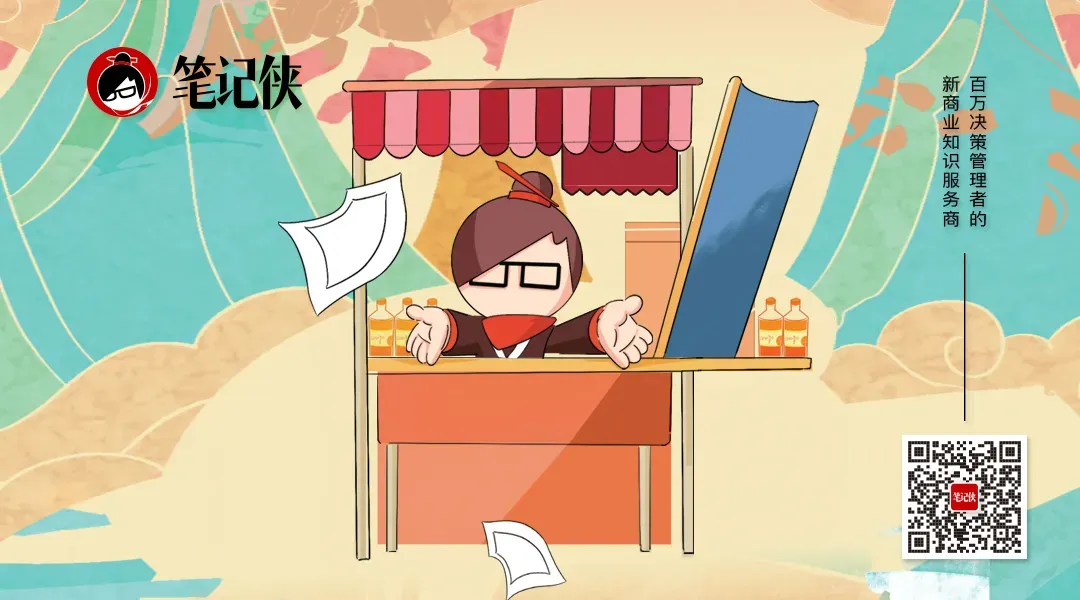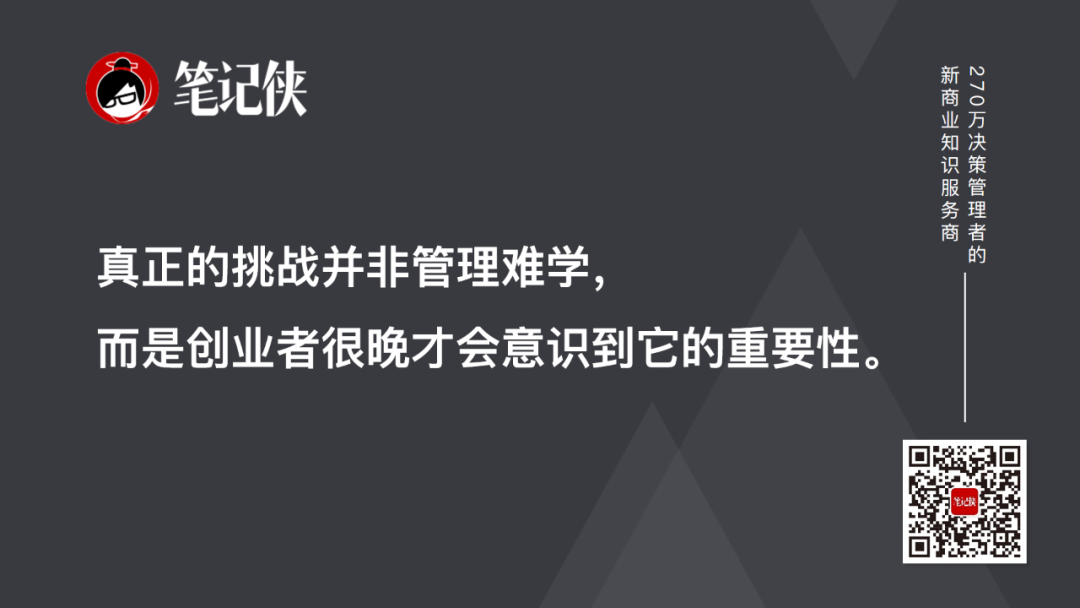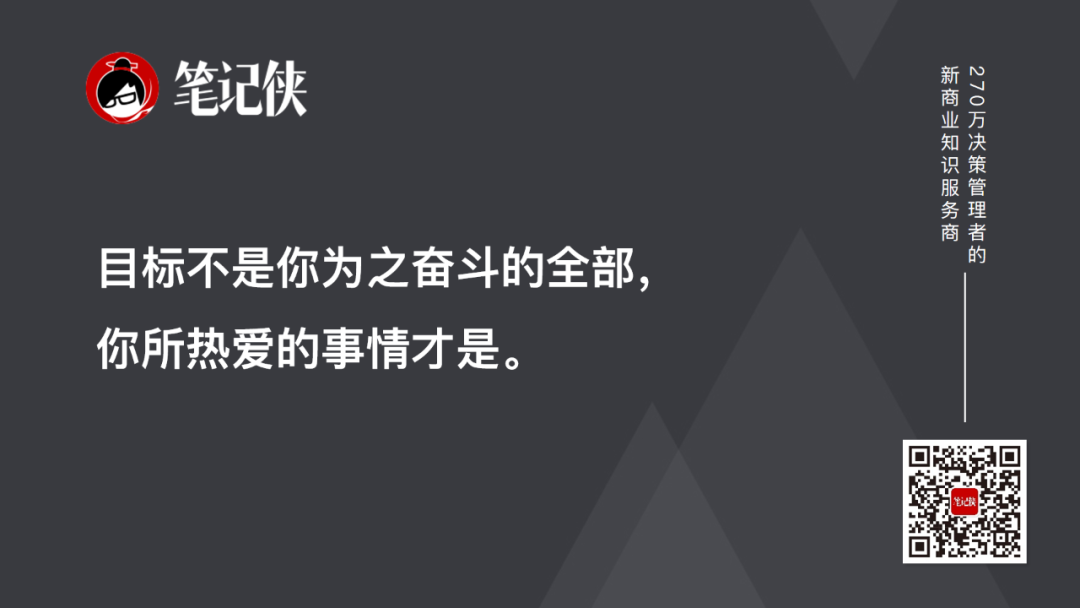Standing Up to DJI and Building a 120 Billion Empire — This Post‑90s Entrepreneur Is Extraordinary

Advanced Note Expert
Article No. 9254 · 8,919 words | 23-minute read

Content sourced from compiled online materials.
---
Mindset: Insights from Liu Jingkang, CEO of Insta360
A few days ago, the tech world witnessed a dramatic moment: when DJI faced backlash over price cuts on several products, the public apology didn’t come from DJI itself — but from competitor Liu Jingkang, Insta360’s post‑90s founder.

This bold, cross‑boundary move was less PR stunt and more declaration of challenge.
Liu Jingkang’s track record:
- Early technical aptitude – In university, decoded a phone number from keypad tones via algorithms.
- Founded Insta360 → became global leader in consumer panoramic cameras.
- Listed on STAR Market (2021), once valued at ¥120 billion RMB.
His achievements stem from acting early, iterating aggressively, and never waiting for favorable winds.
Key takeaway:
> Passion is the starting point, but must be grounded in real user needs. Build skills early, iterate continuously, and grow before you feel “ready.”
---
I. Singularity: Passion Breeds Infinite Possibility
1. Birth of Passion — New and Fiery
- First love: software programming.
- Early access to a computer (for CS gaming) → curiosity for software → vow to create games/apps.
- From primary school to junior high: learned to build mini applications.
- Boarding high school banned computers; teacher allowed one in dorm if used for programming contests.
- Wrapped bunk in blankets to hide late‑night coding; grades slipped.
- Competed in programming contests → first place by senior year → bonus points for college entrance.
- This “power‑up” enabled entry into Nanjing University despite falling short by 18 points.

---
2. Passion Ignited — All‑in Commitment at University
- At Nanjing University, explored exciting tech in High‑Tech Products course.
- Second passion: designing interesting products/projects.
- Built projects: second‑hand marketplace, coffee‑shop ordering system, campus social app.
- Lessons: sustained product creation needs a team, not solo effort.
- Sought funding → pitched investors in Hong Kong → early projects failed.
- Six months before graduation: launched startup for campus livestreaming/panoramic cameras.
- Funding break came from an alumna who admired their persistence.

---
> Without early passion in programming, university entry might never have happened.
> Without uni projects and failures, investor confidence wouldn’t have materialized.
---
II. Breaking the Zero: Becoming a Technical Entrepreneur
1. Start from Capabilities — Find the “Nail” You Can Hammer
- Built quirky social/video products linked to image & visual algorithms.
- “Hammer” = tech skills; “nail” = user needs.
- Love for music festivals → found 360° panoramic video compelling.
- At the time: panoramic videos required multiple cameras, complex post‑processing.
- Vision: make panoramic capture simple and shareable.
- Insta360 born from tech → application scenario.

---
2. Don’t Wait Until Everything Is Ready
- Apply existing tech now; generate cash flow early.
- Example: gimbal tech re‑purposed from drones to smartphones/video conferencing.
- Benefits:
- Quick cash flow.
- Reliability testing under market pressure.
---
3. Entrepreneurship Needs People Willing to Burn
- Value candidates with an inner flame: desire to grow and do meaningful work beyond salary.
- Interview focus: reason for career changes.
- Those leaving due to lack of growth/environment = high potential.
---
III. From 0 to 0.1: Defining & Verifying Demand
1. Founder Determines Product’s Upper Limit
- Internal CMI team studies user needs → brainstorms solutions.
- Incentives for personal skill growth.
- Product lead must become target user to truly understand scenarios.

---
2. Value Appears When Users Spend Time or Money
- Retention = “users voting with their time.”
- Identify ongoing use cases; capture marketing insights.
- Validate willingness to pay for extra features despite higher price.
---
3. Hidden Needs in Pain Points
- Deeper “Why?” reveals true demand.
- Example: selfie‑stick removal algorithm → suddenly became new user expectation.

---
IV. From 0.1 to 1: Development & Market Validation
1. Keep Long Boards Long, Avoid Sensitive Short Boards
- Strong features can be undermined by glaring weaknesses.
- Example: thumb camera limited to 30‑second clips → perception turned negative.

---
2. Complete the Capabilities Puzzle
- Show investors both reality & vision → start with prototypes.
- Collaborate outside founding skill set (e.g., hardware students).
- Hire supply chain veterans to avoid mistakes.
- Learn NPI processes from contract manufacturers.

---
3. Deep Technical Insights Drive Product Shifts
- Early B2B bulky camera → unfit for consumers.
- Shenzhen immersion revealed alternative compact chip solutions → pivot to B2C.

---
V. Identify Core Selling Points and Amplify Them
- Understand purchase decision factors → invest R&D in them.
- Marketing:
- Break core points into multiple formats.
- Distribute via KOLs, KOCs, and user advocates.
- Build initial category impression before flooding with content.
---
VI. From 1 to N: Management & Iteration
1. Management Importance Often Realized Late

- Stage 1: guerrilla style — direct instructions from founder.
- Stage 2: build systems, SOPs, onboarding, knowledge sharing.
- Stage 3: “Context, not Control” — empower with situational clarity.
---
2. Mission-Driven Focus
- Mission: help people better record & share their lives.
- Rethink purpose: not the camera per se, but amazing photos/videos.
- Ask if tools can auto‑shoot and auto‑edit.

---
3. Prerequisites for “Begin with the End”
- Future direction must be stable.
- Every step must connect critically to final goal.
---
VII. Four Suggestions for Entrepreneurs
1. Learn from Existing Entrepreneurs
Join a startup to gain high‑pressure, all‑round experience before founding your own.

---
2. Essential Qualities
- Courage & resilience are rare and decisive.
- Collaboration & humility protect against blind spots.
---
3. Have Patience
- First venture unlikely to succeed; repeated tries build value.
- Talent value multiplies, not adds.

---
4. Strong Foundations Before Breakthroughs
- Commit to a high‑impact, unsolved market track long‑term.
- Solve user problems → social value → commercial value.
---
Conclusion

Most goals are given externally. True goals emerge naturally from passion.
Pursue what you love → all experiences, attempts, and people along the way become “power‑ups” when needed most.
> Passion is the seed — goals are the signposts.
Stay true to your path, enjoy the journey, and let it blossom.




